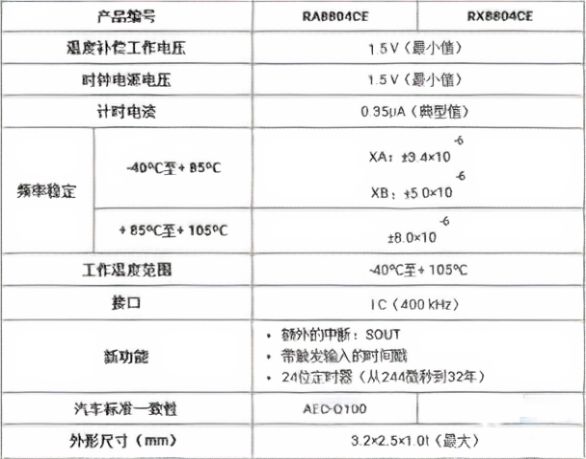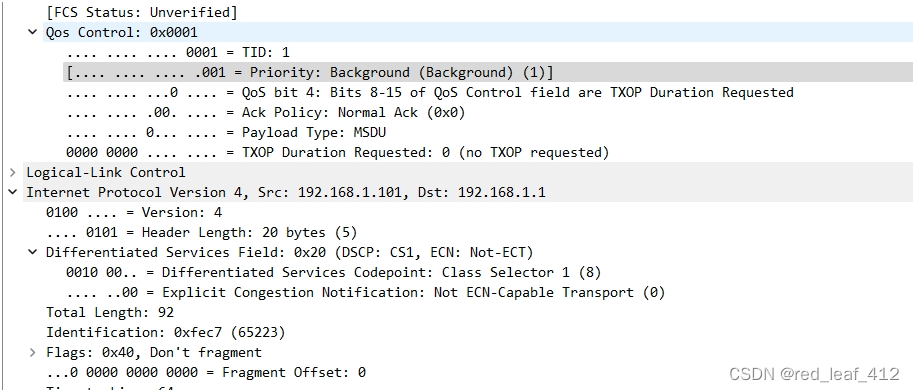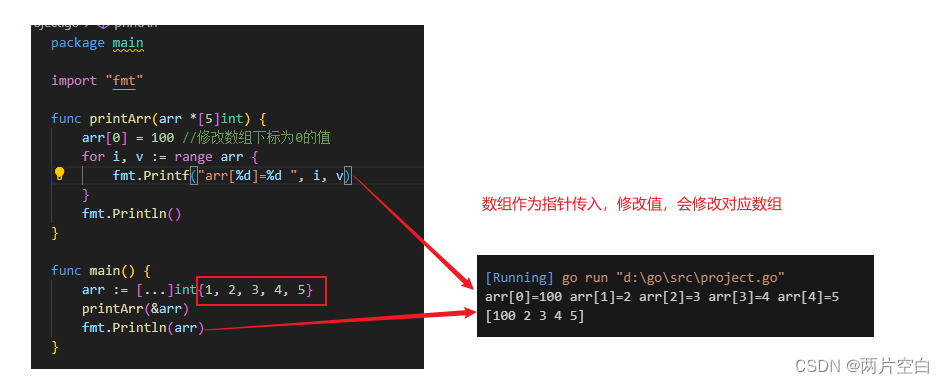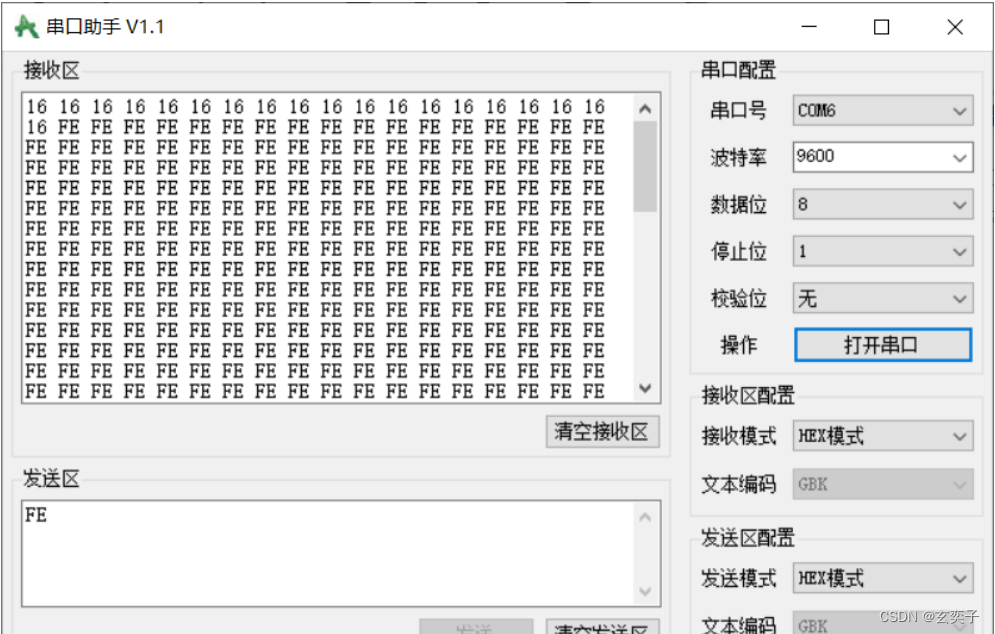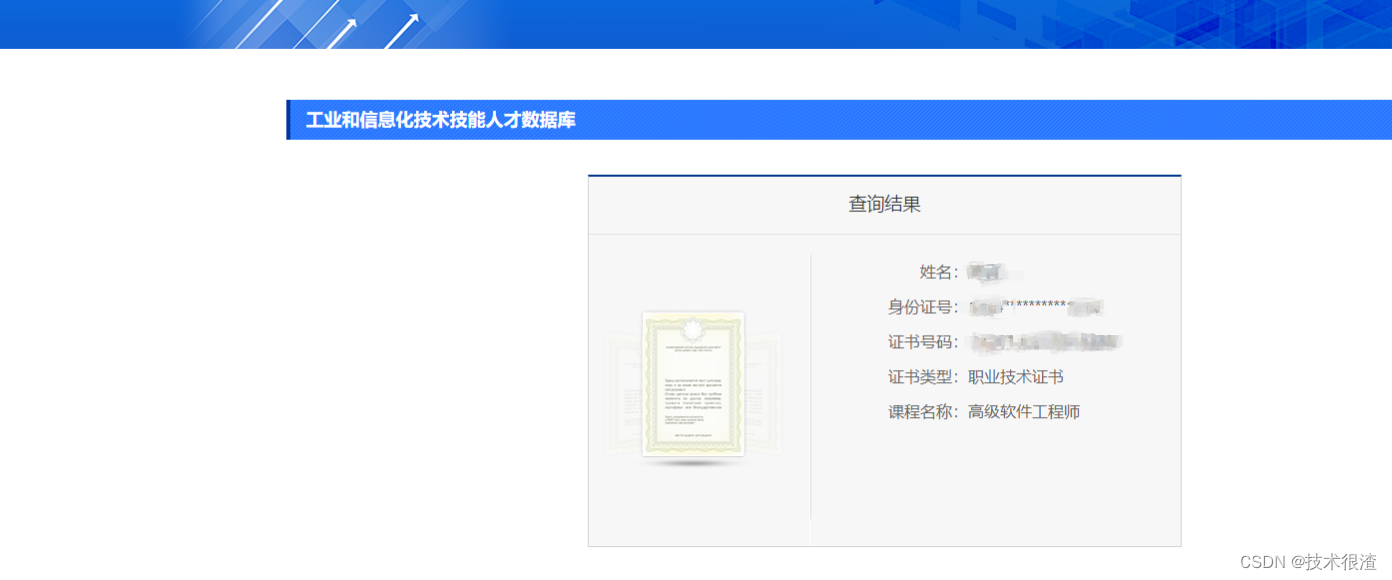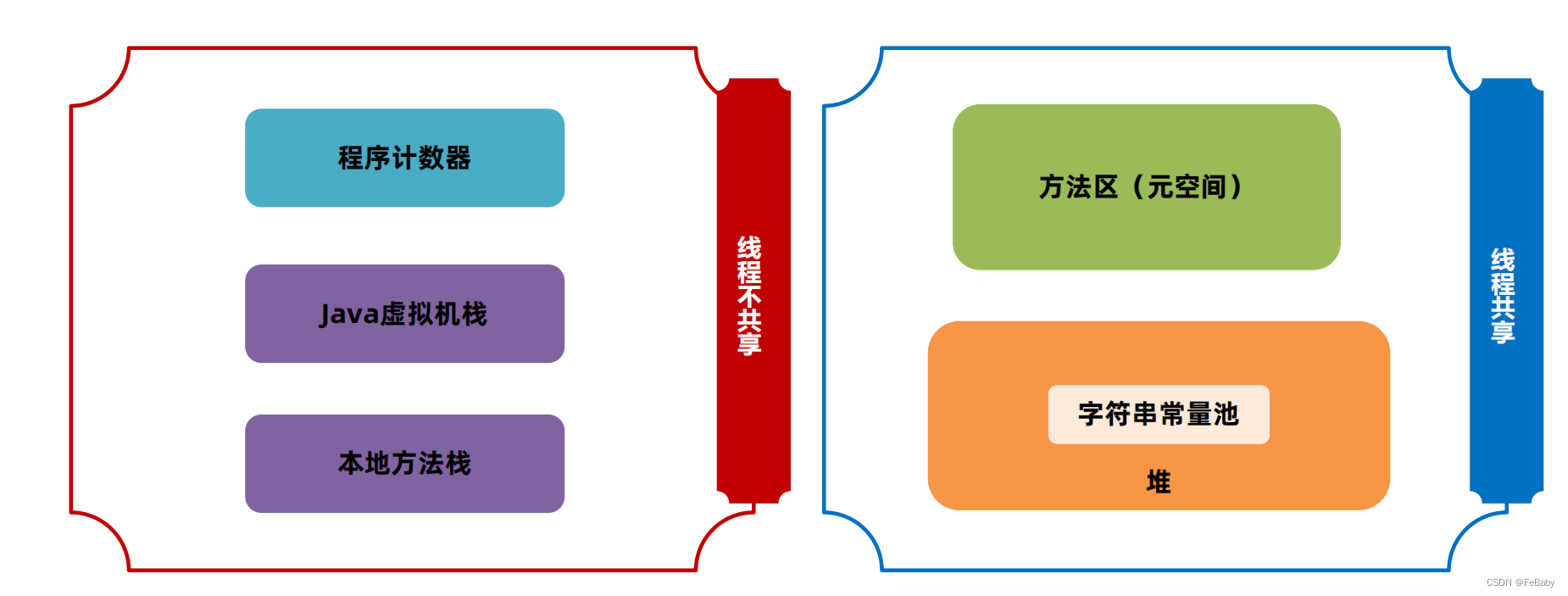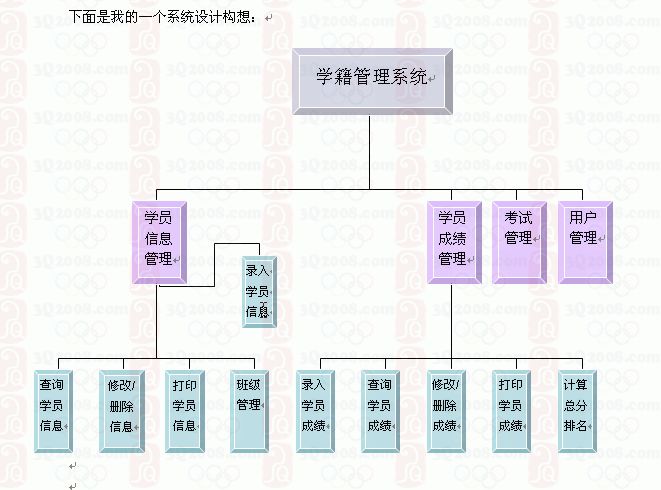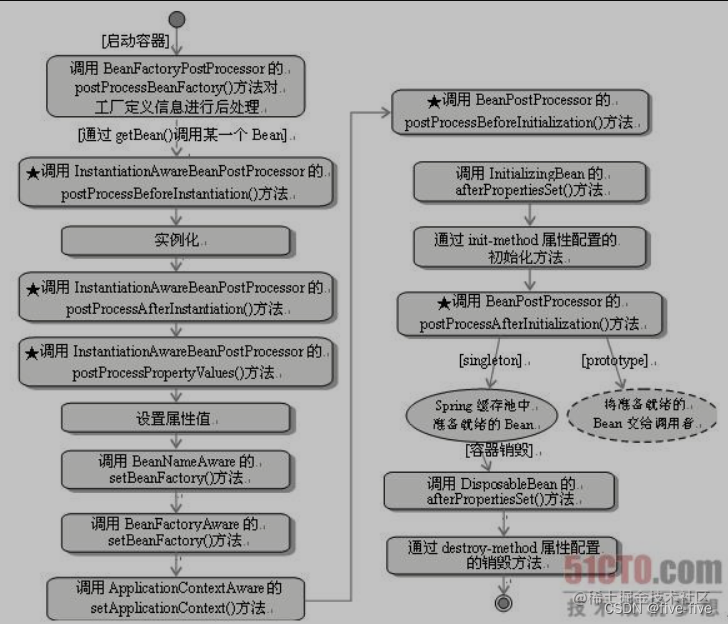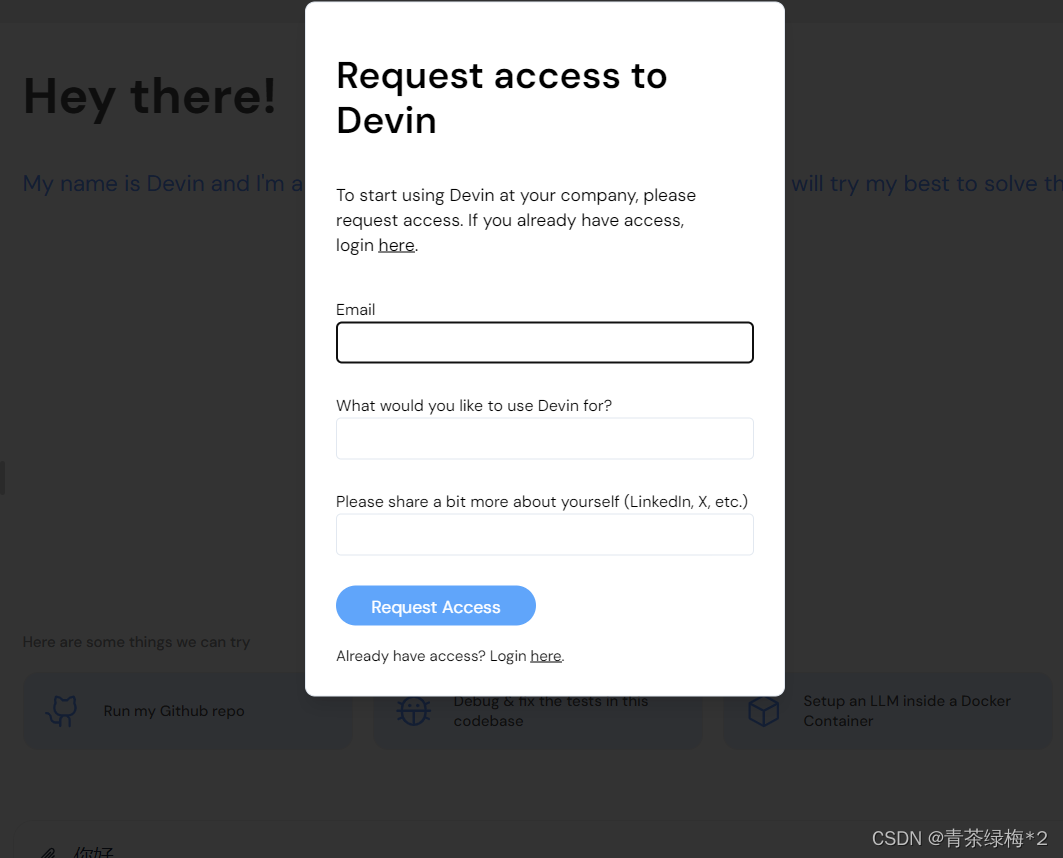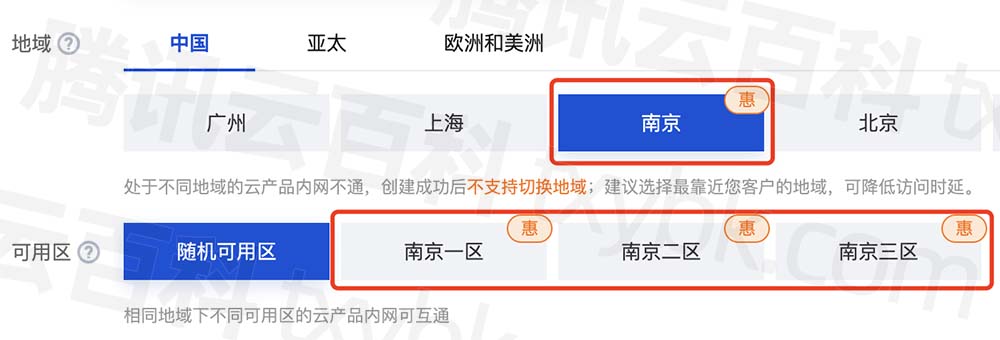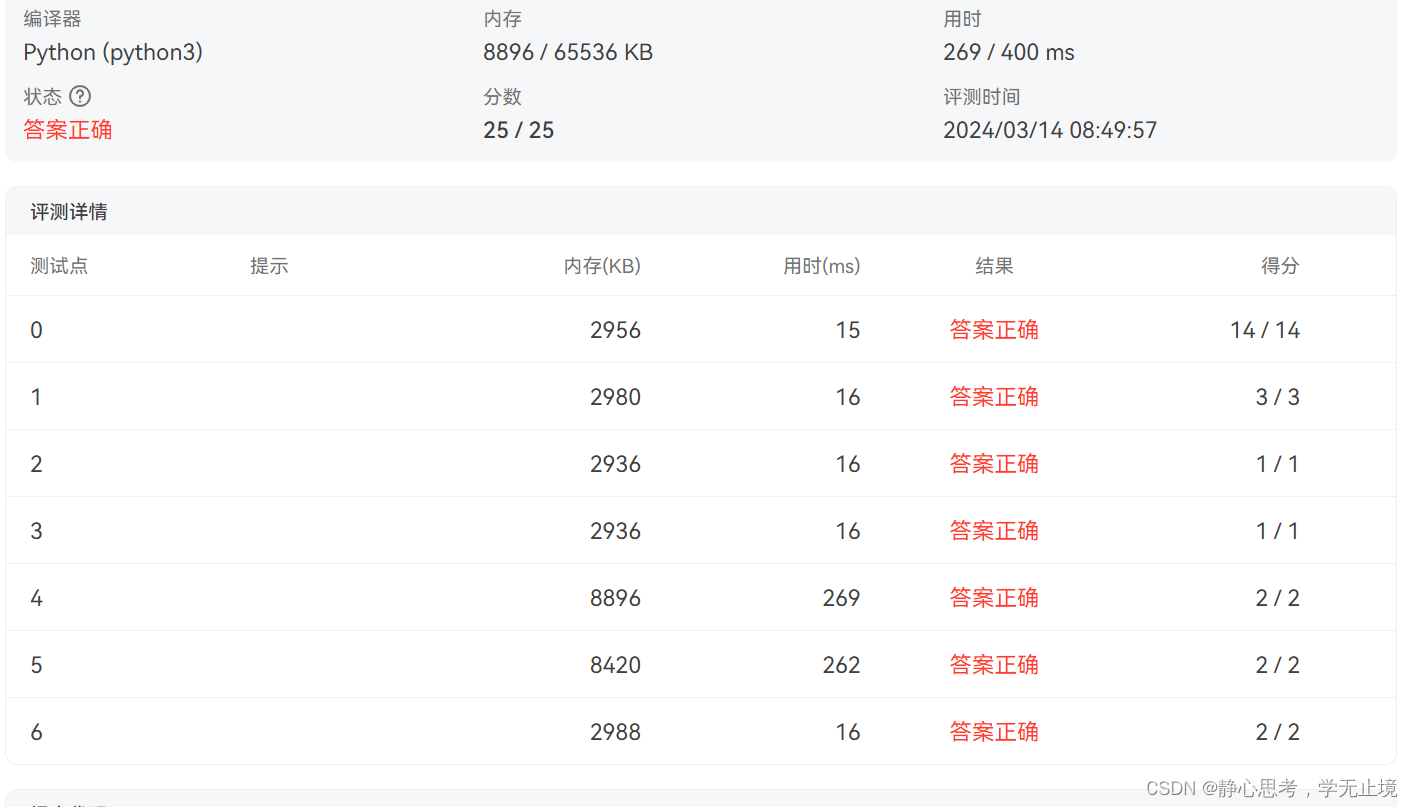首先,准备父子容器:
<div class="container">
<my-father></my-father>
<my-father></my-father>
<my-father></my-father>
<!-- 此处无法调用子组件,子组件必须依赖于父组件进行展示 -->
<!-- <my-children></my-children> -->
</div>
<template id="father">
<div>
<h3>我是父组件</h3>
<h3>访问自己的数据:</h3>
<h3>{{ msg }}</h3>
<my-children></my-children>
<hr>
</div>
</template>
<template id="children">
<div>
<h5>我是子组件</h5>
</div>
</template>准备Vue实例:
<script>
new Vue({
el: '.container',
components: {
'my-father': {//父组件
template: '#father',
data() {
return {
msg: "welcome father!",
name: "I'm a father!",
age: 66,
user: {
id: 1001,
username: 'admin'
}
}
},
components: {
'my-children': { //子组件,只能在 my-father中调该组件
template: '#children'
}
}
}
}
})
</script>现在,我们需要向子组件索取数据:
技术:属性绑定+数据拦截
父组件在调用子组件时,以属性绑定的方式将要传递的数据绑定在子组件标签上
<template id="father">
<div>
<h3>我是父组件</h3>
<h3>访问自己的数据:</h3>
<h3>{{ msg }}</h3>
<!-- 1.向子组件绑定数据 -->
<my-children v-bind:father_name="name" :age="age" :user="user"></my-children>
<hr>
</div>
</template>在子组件对象中,使用props选项声明获取的数据,进行绑定属性的拦截,即接收来自父组件的数据
components: {
'my-children': { //子组件,只能在 my-father中调该组件
template: '#children',
props: {
//接受父组件传递过来的数据
//不能使用fatherName接受数据!!!!
// fatherName: String
father_name: {
type: String,
default: "父类的元素"
},
age: {
type: Number,
default: 100
},
user: {
type: Object,
default :function() {
return {
id: 1000,
username: "默认名"
}
}
}
}
}
}现在,可以在界面调用父组件的数据:
<template id="children">
<div>
<h5>我是子组件</h5>
<h4>访问父组件的数据:{{ father_name }}</h4>
<h4>访问父组件的数据:{{ age }}</h4>
<h4>访问父组件的数据:{{ user }}</h4>
</div>
</template>打印结果: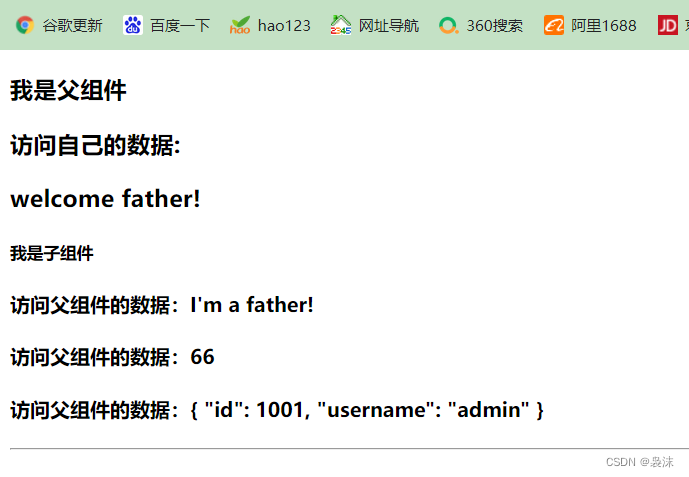
相关文章:
如何使用vue定义组件之——全局or局部
如何使用vue定义组件之——子组件调用父组件数据
如何使用vue定义组件之——父组件调用子组件
